If you want to fill your garden with gorgeous herbs, flowers, shrubs, and other plants, it can be a daunting task.
Not only does creating a healthy, beautiful-looking garden take a lot of work, but it can be quite expensive, too.
One of the easiest ways to save some money when you’re first getting started is to grow your plants from cuttings.
You can take cuttings from your own plants or, if you have any green-thumbed friends or neighbors, ask them for a few generous donations!
To grow plants from cuttings, there are a few things you will need to be aware of.
Once you get going, though, you’ll find that this planting technique is pretty easy to master.
Jump to:
- Types of Plant Cuttings
- Semi-Hardwood Cuttings
- Hardwood Cuttings
- Greenwood Cuttings
- Softwood Cuttings
- 20 Plants You Can Grow From Cuttings
- 1. Lavender
- 2. Geraniums
- 3. Horseradish
- 4. Hydrangea
- 5. Sage
- 6. Fuchsia
- 7. Oregano
- 8. Azalea
- 9. Rosemary
- 10. Philodendron
- 11. Jade
- 12. Begonia
- 13. African Violet
- 14. Mint
- 15. Comfrey
- 16. Snake Plant
- 17. Basil
- 18. Mother of Thousands
- 19. Thyme
- 20. Pelargonium
- How to Cut and Prepare Cuttings
- How to Plant Cuttings
- Caring for Cuttings
- General Tips for Growing Plants from Cuttings
Types of Plant Cuttings
Plant cuttings can be categorized into four basic groups: semi-hardwood, hardwood, greenwood, and softwood.
We’ll give you a quick definition of each type, along with plants that fall into each category.
In addition, some plants grow best when cuttings are taken as tip, basal, heel, root, leaf, or stem cuttings.
These methods of propagation aren’t quite as common but can work well for certain species of plants.
There are some plants that fall into multiple categories and can produce well from several kinds of cuttings.
For example, dianthus plants, also known as pinks, can be propagated in many different ways.
Semi-Hardwood Cuttings
Semi-hardwood cuttings, also known as semi-ripe cuttings, are somewhat tough and generally taken from mature plants.
They should be taken in midsummer to early fall, with the following plants being prime candidates:
Camellia
Known for its large, show-stopping flowers, the camellia grows extraordinarily well from a cutting.
Azalea
Azaleas are gorgeous flowering plants. They’re popular in many gardens and grow well from a semi-ripe cutting.
Honeysuckle
This popular shrub is prized for its ornamental value. It grows well from a semi-hardwood cutting.
Hardwood Cuttings
Hardwood cuttings are those taken from plants that are usually perennial, including fruit plants, trees, climbers (including vines), and deciduous shrubs.
An example of a good plant for a hardwood cutting is Angel’s Trumpet, which produces trumpet-shaped flowers that grow on vines.
Greenwood Cuttings
Greenwood cuttings are those taken from plants that do not have woody stems. If you’re taking a cutting from an annual plant, it will always be a greenwood cutting.
These plants are non-woody and so they are greenwood by default. Some of your options include:
Gardenia
Gardenias have fresh scents that are produced by fragrant white flowers.
Dahlias
You can find dahlias in just about any color - in fact, there are more than 20,000 dahlia cultivars among 30 species.
Boxwood
Known for its soft green leaves and rounded growth, boxwood plants are easy to shape into the desired form. They’re also easy to grow and propagate from cuttings.
Softwood Cuttings
Softwood cuttings are those that originate from fresh new growth. Usually, these are taken in the spring or early summer.
Aster
Aster is a large flower plant with more than 600 species in North America. It roots well from a cutting.
Chrysanthemum
Chrysanthemums also called mums or “funeral plants” can be found in all kinds of colors, including white, yellow, off-white, rust, burgundy, lavender, pink, red, purple, and gold.
Rose
Roses are classic plants for propagation from cuttings. Depending on the type of rose you grow, it can also fall under the hardwood classification.
Hydrangea
The hydrangea is an easy to grow plant that propagates well from cuttings. However, you’ll find the most colorful flowers on old wood, or branches that are roughly one season old.
Salvia
Salvia is a medicinal plant family that includes dozens of perennial and annual options. Scarlet tends to be the most common color for salvia, but you can also find this plant in shades of salmon, purple, pink, white, lavender, orange, and burgundy.
Butterfly Bush
Butterfly bush is the quintessential plant for pollinators.
It produces bright, colorful growth in the spring and early summer and will bring both bees and, of course, butterflies, to your yard in droves.
20 Plants You Can Grow From Cuttings
1. Lavender
Lavender is an easy herb to grow from stem cuttings. Ideally, you should take these cuttings in the spring.
It will take up to six weeks for new roots to appear, but then, you can transplant the new plant directly into a garden bed.
You may also take cuttings in the fall to be
planted in the spring if you find that your herb bed has gotten out of hand.
2. Geraniums
One of the few flowers that can be regrown from a cutting in the water, the geranium comes in multiple colors.
It’s a great plant to try if you’re new to propagating plants from cuttings.
Just make sure your cuttings are about six inches long.
The leaves need to stay above the waterline, too - and you’ll need to be patient. It can take a month or more for a geranium to finish growing its roots in the water.
3. Horseradish
Horseradish is a perennial plant that grows aggressively and is one of the easiest plants to grow from cuttings.
Divide the root into thirds and replant the cutting in your garden. Leave about a foot of space between the new pieces.
It’s so easy to grow from cuttings that you don’t even have to put it into a separate container first.
4. Hydrangea
To grow hydrangea from a cutting, you’ll need to take four inches from the tip of the plant.
Allow two or three pairs to remain and plant the cutting in moist soil. Cover with plastic and consider cutting the leaves to prevent the loss of moisture. It is a perennial flower perfect for beginner gardeners.
5. Sage
The easiest way to regrow sage is to take fall cuttings and re-pot them over the winter.
You can then transplant your new plant in the spring. Sage can also be grown from cuttings in water, as it has a soft stem.
6. Fuchsia
If you want to grow fuchsia from a cutting, take it in the spring. Then, regrow it in moist compost with a bit of sand mixed in. Make sure the leaves stay covered.
It roots quickly and will produce flowers in the same season as when you took the cuttings.
7. Oregano
Oregano can be propagated without soil and allowed to root in water. Just get rid of any flowers along with the lower leaves.
8. Azalea
The easiest time to propagate azaleas is in the spring. Wait until the leaves have matured - the wood should be somewhat brittle to the touch.
Then, trim five or six inches from healthy branches.
The cutting needs to be trimmed just below where a leaf joins the stem. Make sure you take the flower buds off the entire cutting and remove leaves from the lower third portion of the plant.
Before you put the cutting in the potting mixture, be sure to dip the end of it in the rooting hormone.
This will give a good head start. Stash your cuttings in bright (yet indirect) light.
9. Rosemary
Rosemary will take over your garden if given the chance, so it’s no surprise that it grows well from cuttings.
Use new, fresh growth in the spring or take cuttings from the plant in the fall. Keep in mind that the greener the stem is, the easier it will be for the cutting to put out new roots.
10. Philodendron
There are all kinds of philodendrons you can choose from - many of which have gorgeous leaf colors and patterns.
Luckily, most of them grow easily from cuttings. You will want to use tip cuttings that have at least two nodes.
These will be easiest to grow, as they’ll produce directly from the tip immediately (sometimes even before the roots have fully formed).
11. Jade
The perfect bonsai plant, jade grows easily from cuttings. You’ll need a branch that is approximately four inches long to get started.
Allow it to dry.
Once it’s dried, you can plant the cutting in a potting mixture. Keep it damp until the roots have formed and strengthened.
12. Begonia
To grow begonias from cuttings, you’ll need pies that are about an inch long each. Press these cuttings firmly into moist potting soil or a combination of vermiculite and perlite.
You will need to keep the cutting in a well-lit but humid spot out of direct sunlight until the roots develop.
13. African Violet
Another great houseplant to grow from a cutting is the African violet. You will need to start by removing leaves that are young and healthy with about two inches of stalk.
Insert the stalk of each leaf into a tray that contains a mixture of moist sand and compost.
14. Mint
Mint is incredibly easy to grow and is considered somewhat invasive in some areas because of how easily it spreads.
It is easy to regrow from cuttings, too, since its soft stem allows it to grow anywhere it is planted.
Mint is a plant you can root in water.
Once it has roots, you can put it into some potting soil and watch its growth explode.
15. Comfrey
Comfrey is another plant that can easily be grown from a cutting. Take cuttings in the spring or fall and take your cuttings from the roots of the plant.
You will want to plant the cutting directly in the soil and cover it with mulch. It will produce roots that penetrate deep into the soil.
16. Snake Plant
Also known as sansevieria, the snake plant is a beautiful houseplant that grows well from cuttings.
All you need are two- to three-inch sections of the leaves. You can get a ton of cuttings from just one parent plant.
17. Basil
An easy plant to regrow in water, basil can be grown from cuttings as long as it has not flowered yet.
Only use top leaves - take the lower ones off for the best results.
18. Mother of Thousands
This plant grows well in the wild and is native to Madagascar.
Therefore, you probably won’t have much luck growing it outside - but it’s a fantastic houseplant to grow if you are interested in propagating your own plants from cuttings.
You can grow it in soil and it will grow roots relatively quickly. It’s a gorgeous succulent that will enjoy being placed on a sunny windowsill.
19. Thyme
Another herb to consider growing from a cutting is thyme.
It regrows just like rosemary and in fact, the two are so close that you can regrow them using the same container of water, as long as you have lots of room in the jar.
20. Pelargonium
Pelargoniums are closely related to geraniums, but they add a special touch of elegance to your decor.
These plants grow well indoors and are easy to grow from cuttings. All you need to do is remove a three-inch section, starting at a node.
Take everything off except the top couple of pairs of leaves. Wrap the stem in a moist paper towel, then immerse the nodes in water.
You’ll see roots in just three weeks!
Wait until you have three long roots before you replant in a three-inch pot.
How to Cut and Prepare Cuttings
The plant that will provide the cuttings is known as the mother plant.
When selecting the mother plant, always choose one that is healthy and growing in a robust fashion.
Don’t take cuttings from weak, ill, or injured plants, as the cuttings will be less likely to take root and you risk killing the mother plant by weakening it further, too.
In general, plants that have non-woody stems are the easiest to propagate. In all cases, though, make sure the mother plant is large enough that removing a couple of cuttings will not weaken it.
Always choose green stems that are not good from taking tip cuttings, as new, fresh growth will take root better than woody stems.
Ideally, you will want to find a stem with a node (this is the spot where the leaf either was attached or is currently still attached). This is the spot that will generate new roots.
To remove the cutting, use a pair of sterilized scissors (as sharp as possible) to make a clean cut. Your cutting doesn’t have to be absurdly large - just long enough to have a few healthy leaves.
Once you’ve cut off a piece of the mother plant’s stem, put the cutting on a hard surface, like a cutting board.
You can then slice through the stem into the middle of the node, where the plant sends out its new roots.
If you can cut directly at the node, you’ll have a greater likelihood of being able to root the cutting.
Get rid of all the leaves except for one or two. You’ll need some leaf growth for the cutting to proceed with photosynthesis - it won’t be able to take food in from its roots, as it doesn’t have these yet!
However, you don’t want too many leaves, as this can drain energy that would be better off spent developing the roots.
Then, dip the stem of the plant into the rooting hormone. This will encourage the plant to take root and can speed up the process, too.
How to Plant Cuttings
Once your cuttings are off the plant and ready to go, you’ll need to prepare your planting container. Ideally, you should plant your cuttings in a separate container and not directly into the ground.
This will allow you to exercise more control over the cuttings so you don’t have to worry about external factors (like wind, precipitation, and temperature fluctuations) weakening your fragile young plants.
Here you'll find 35 container and pot-friendly fruits and vegetables you can also grow in your backyard.
Use a soilless potting mix for your cuttings. This will drain better than other kinds of soil and will stay moist without getting overly soggy.
You should avoid using soil that you’ve taken out of your garden, as it could contain fungal spores, bacteria, and other pathogens that could kill or weaken your cutting before it has the chance to take root.
The best rooting medium will depend on whether the cutting you are growing is softwood, hardwood, or something in between.
Softwood cuttings with young stems (like most of the herbs we told you about) grow best simply in a jar of water.
Hardwood and semi-hardwood cuttings need either a soilless potting mix or a potting mix composed of soil or sand.
Some people even grow hardwood cuttings in perlite (though you’ll need to transplant once the cuttings take root).
Your container doesn’t need to be large, even for a plant that will ultimately grow quite big.
This is another great way to save money, as you don’t need to spend hundreds of dollars on potting soil to get started.
As your cuttings take root and grow larger, you’ll move them to another, larger pot anyway. Just make sure the container you use is well-draining.
Use a pointed object like a knife blade or pencil to insert holes into the potting soil. This will allow the rooting hormone you apply to stay on the stem cutting rather than resting on the surface of the soil.
Put the cuttings into the hols you made and pat the soil down around them.
You can put a couple of cuttings into a single container as long as you make sure the leaves are not touching.
Unfortunately, not all of your cuttings will make it, despite how well you transfer them and how carefully you plant them.
It’s just part of the game! Be patient with your plants and with yourself, and you’ll get better at growing plants from cuttings over time.
Caring for Cuttings
After your cutting has been planted in the container, you don’t need to add any kind of fertilizer or supplemental nutrients.
After all, the plant doesn’t have any roots yet! However, it is important that you ensure that each cutting can get enough light and air.
Make sure your container is well-draining and is located in a warm area (indirect sunlight is best) with good ventilation.
Try not to overwater your cutting, but also remember that moisture is essential for the plant to set roots. You may want to position a clear bag over the plant. This can help lock moisture into the growing area.
Plants readily evaporate and lose moisture through their leaves - since they don’t have roots to help them take more moisture in, you need to work double-time to help your plant absorb moisture.
The cover can slow the rate of evaporation. Water regularly by misting your plants. This will prevent the soil from becoming too waterlogged or washed out.
You can add a heating pad or germination mat beneath your plants, too. This will provide bottom heat that can encourage new root growth.
Place the decorative flowers like a Snake plant on a diy plant stand.
The cover needs to be clear so that plants can still have access to light. Keeping your plant out of direct sunlight will help keep it from getting dried out. Once your plant starts pushing out new leaves and a new roots system, it’s ready to be replanted in its final destination. Good job!
General Tips for Growing Plants from Cuttings
Make sure you do some research on the type of plant you plan to grow from a cutting before you start working.
Each plant is a bit different in how it needs to be propagated, so it’s essential that you take your time in figuring out what will work the best.
Before you plant, make sure you ensure that the plants are recommended for your growing zone and that they are not invasive.
You also want to make sure they met the growing conditions in the area in which you want to plant them, including factors such as soil type and texture, moisture levels, sunlight exposure, and wind.
Start small and pick just one or two plants to try and grow from cuttings. It takes some patience to see results, so stick with it!
Over time, you’ll learn what to look for and become quite skilled at growing plants of all kinds from cuttings. Check out our 100 expert gardening tips if you want to learn some nifty gardening hacks.


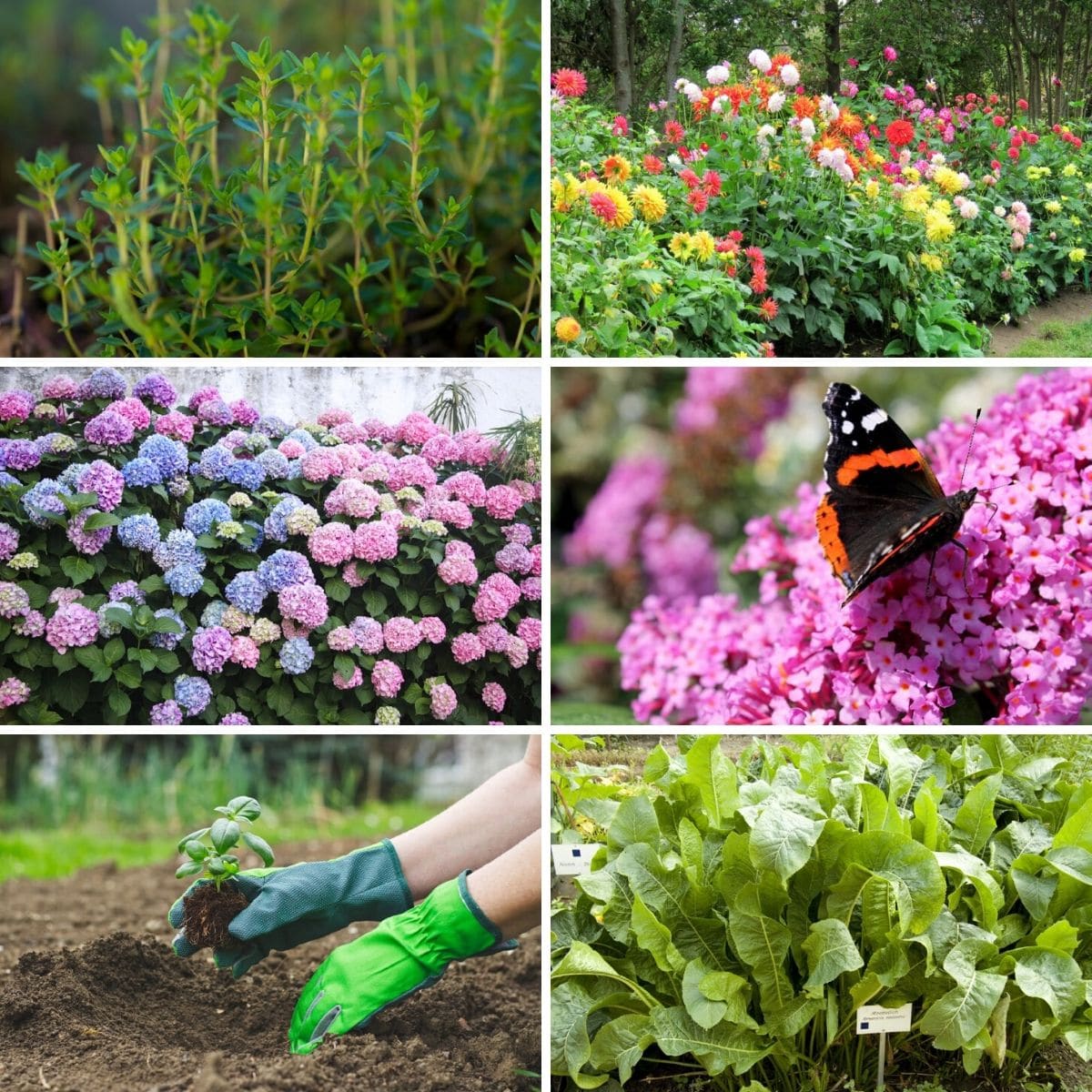
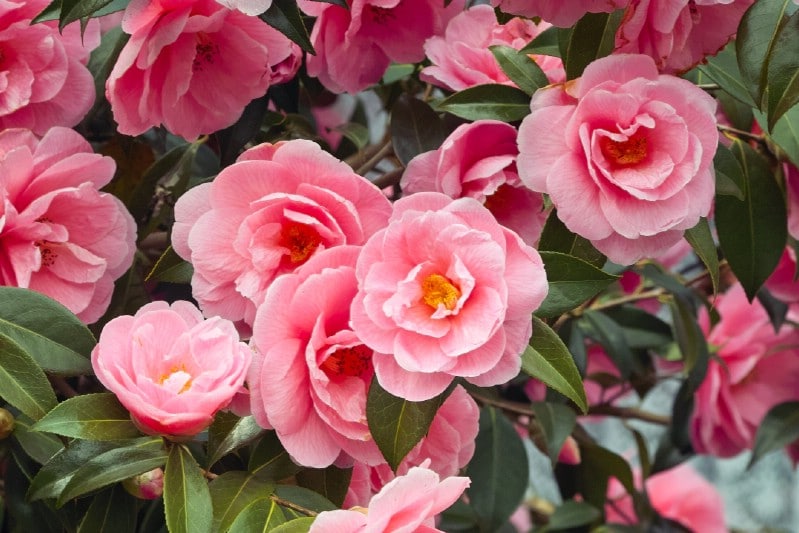
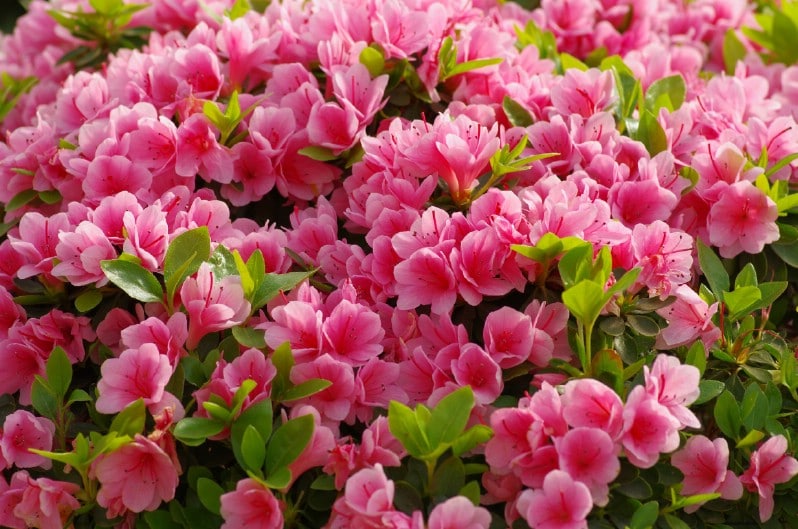
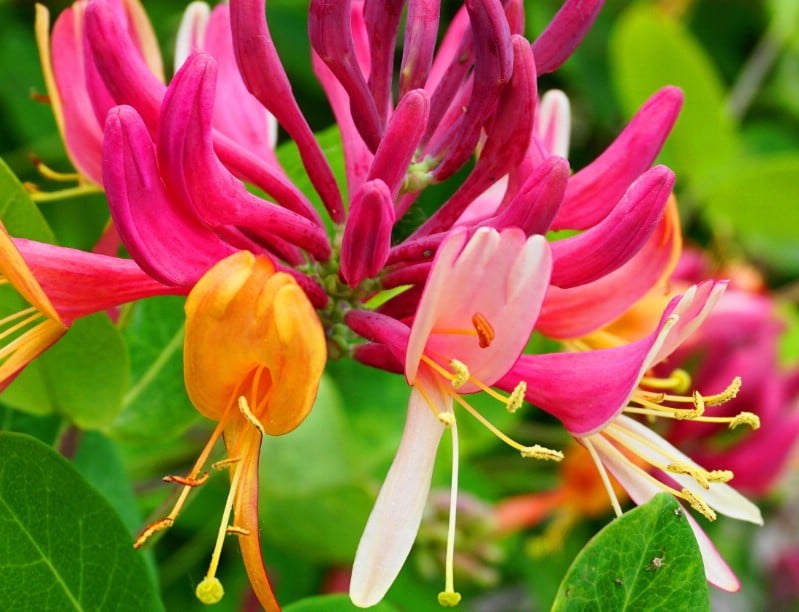
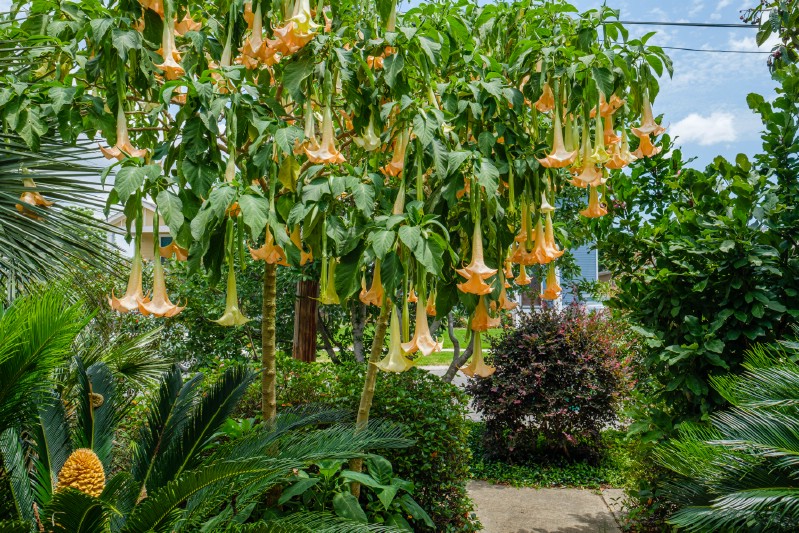
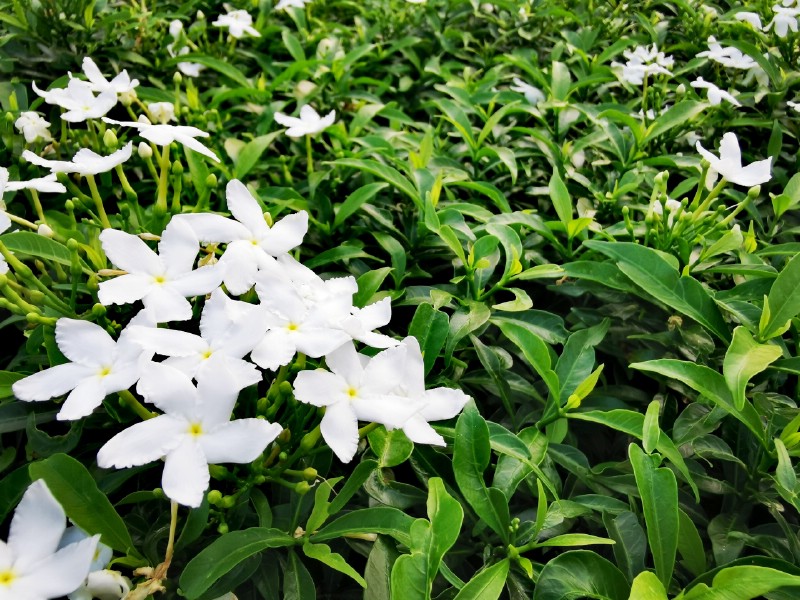
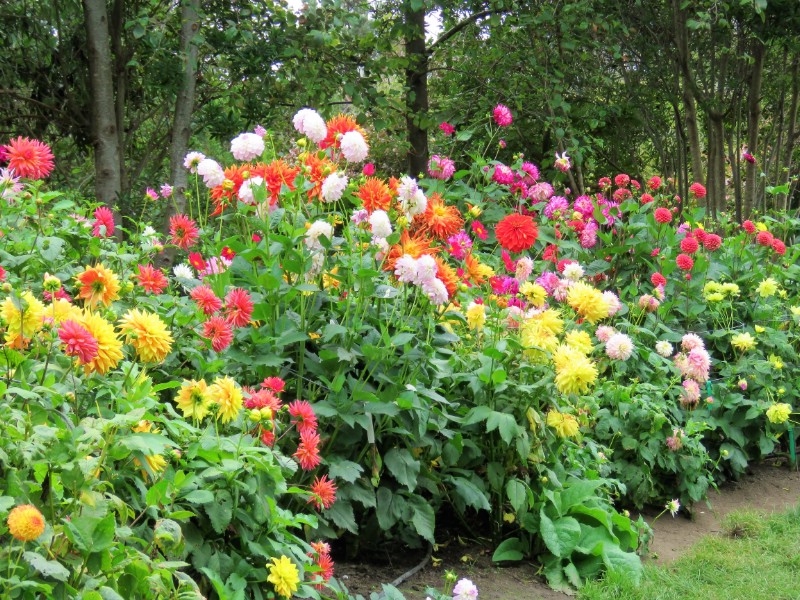
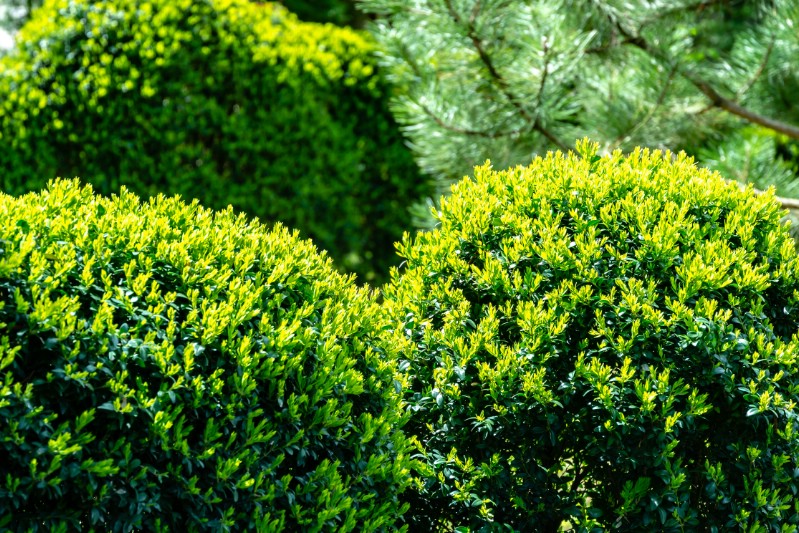
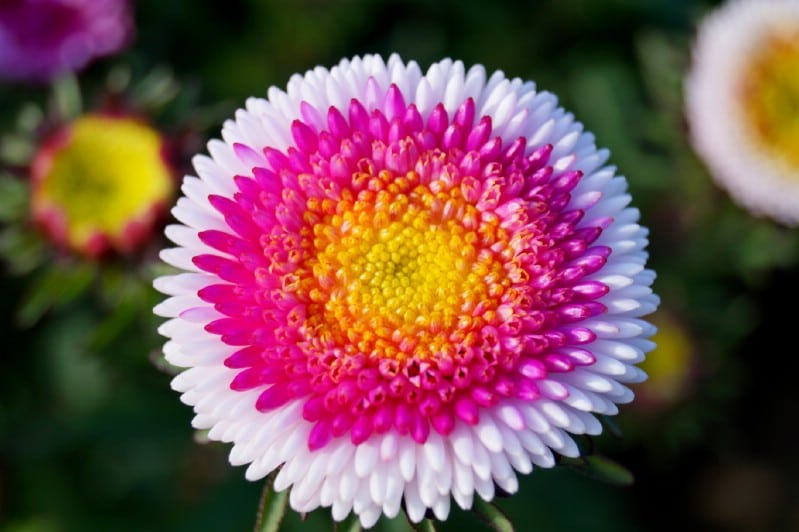
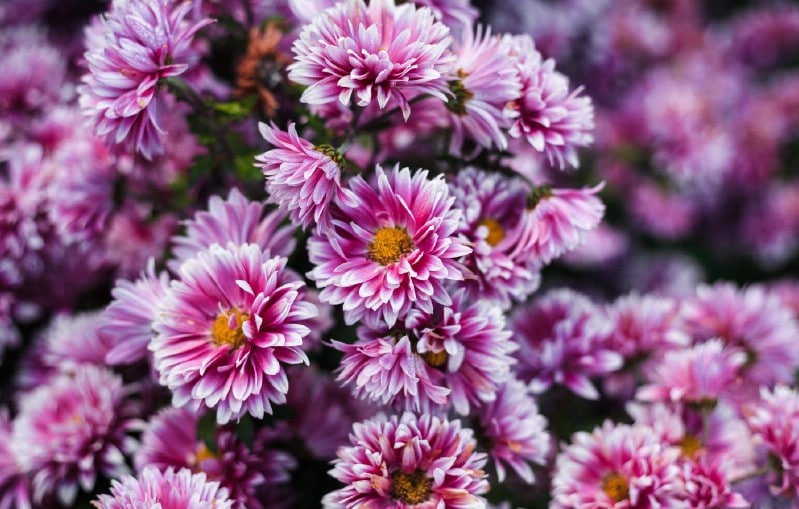
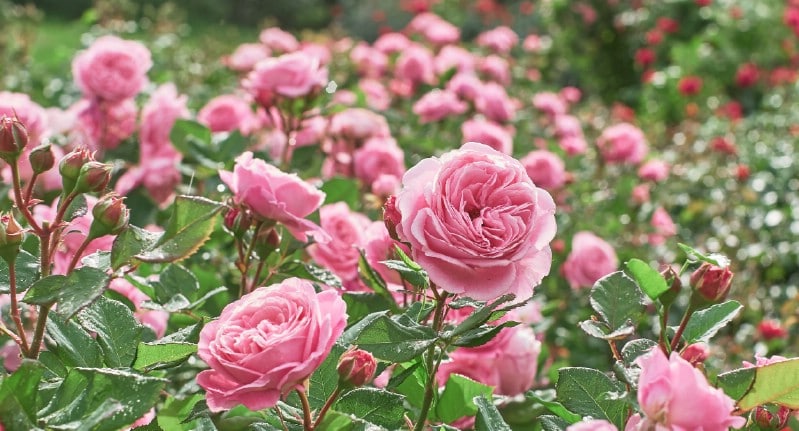
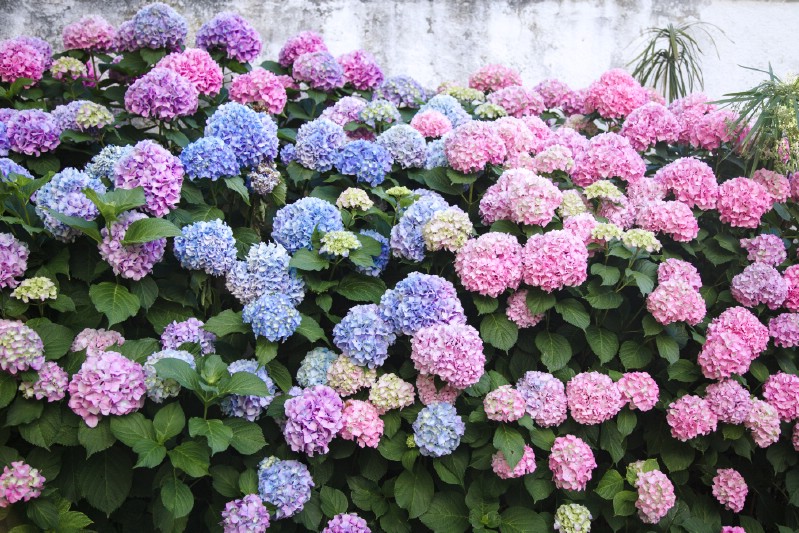
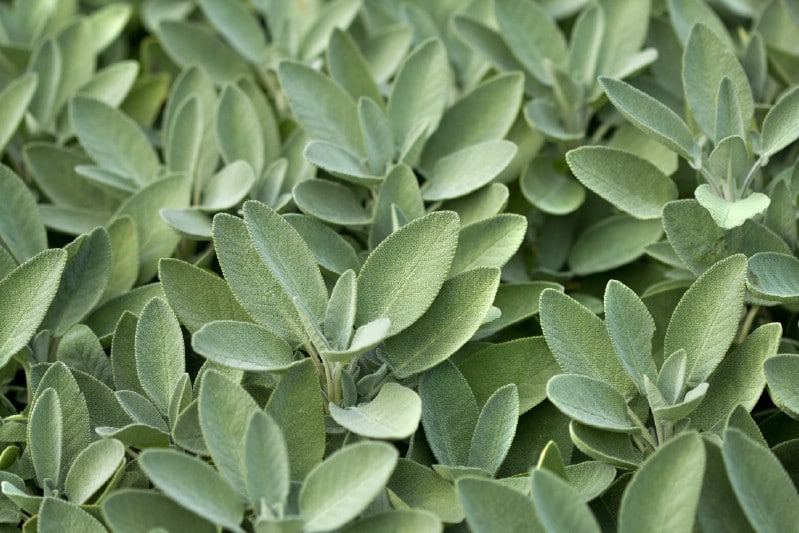
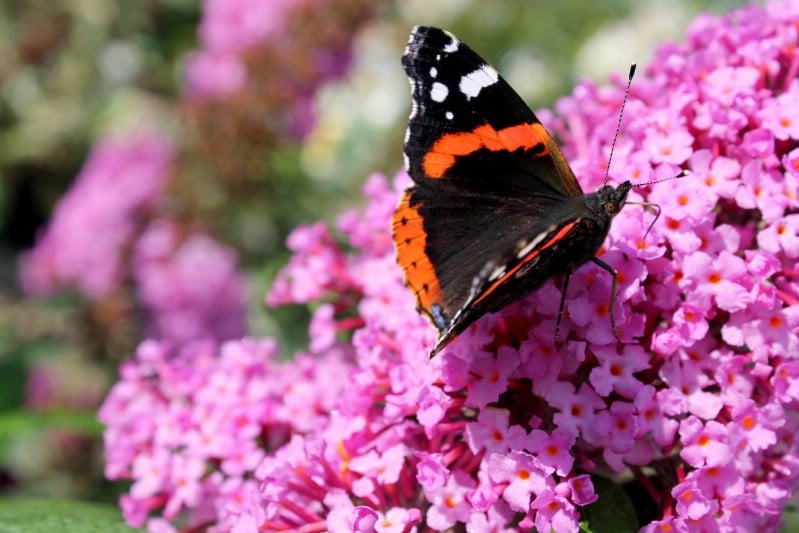
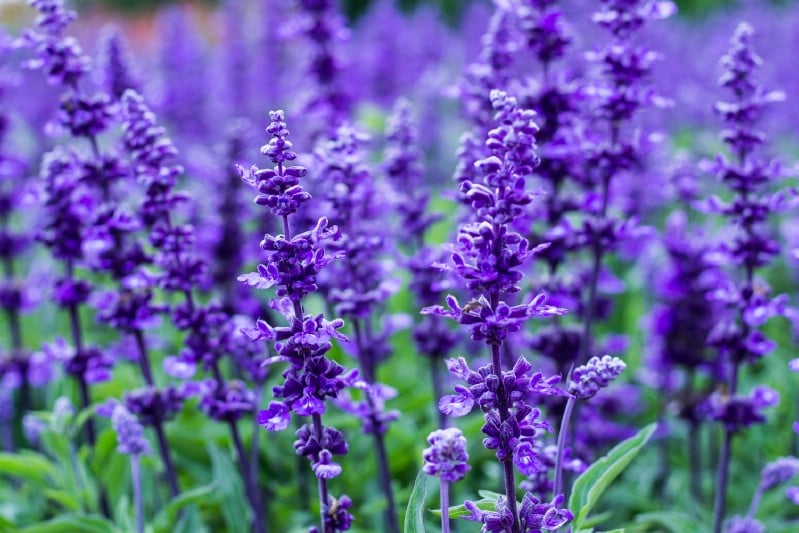
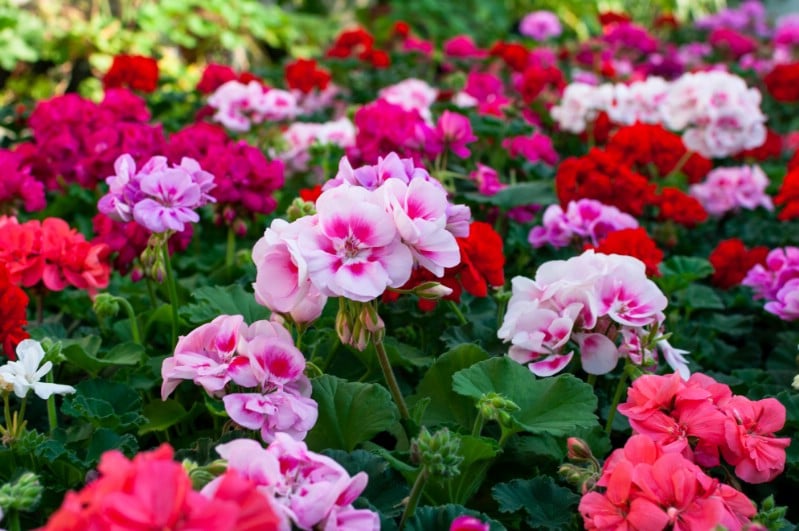
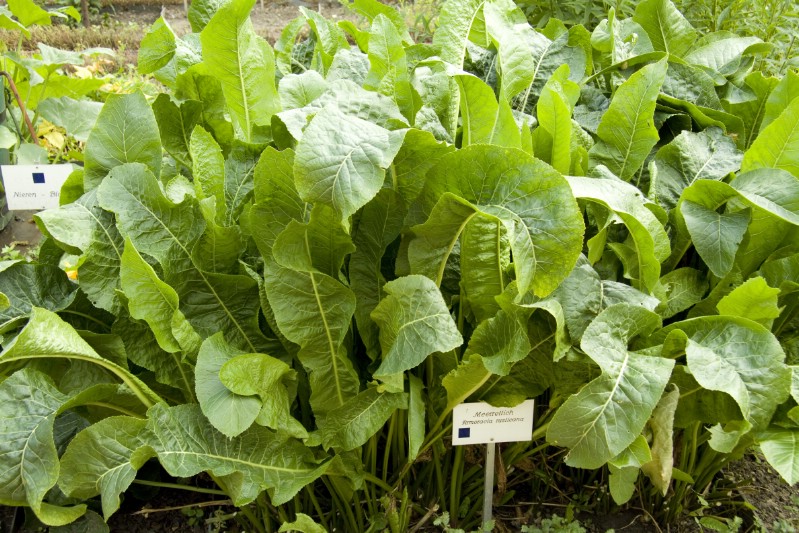
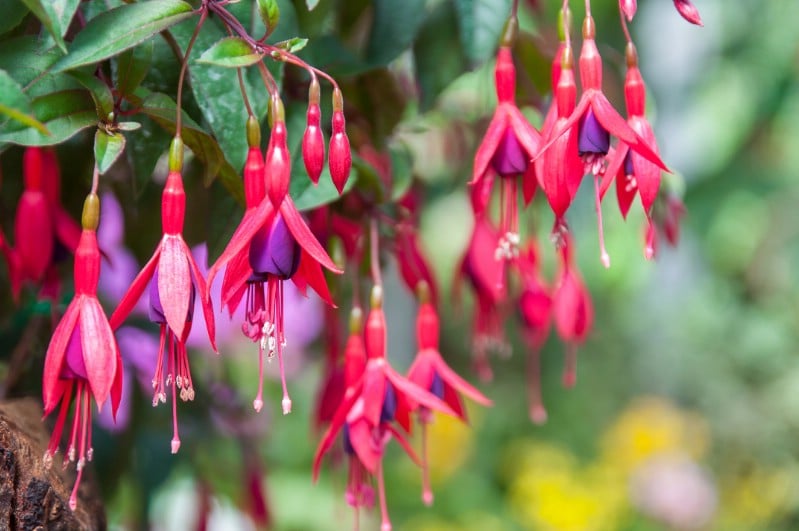
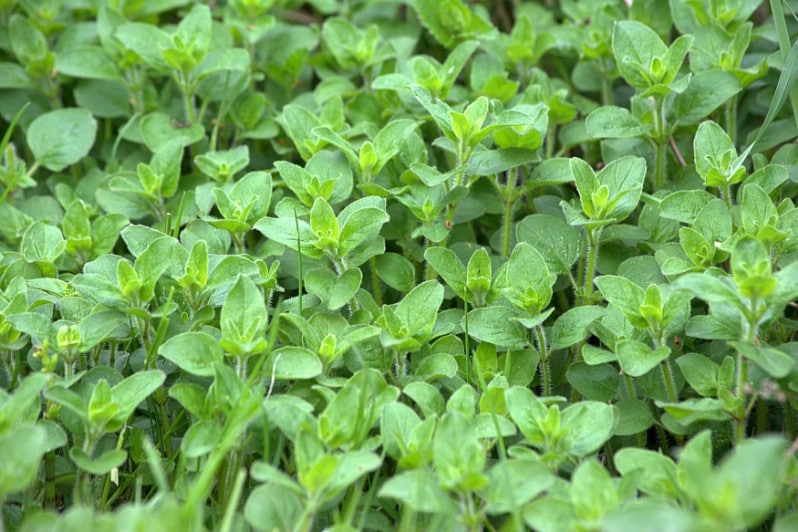
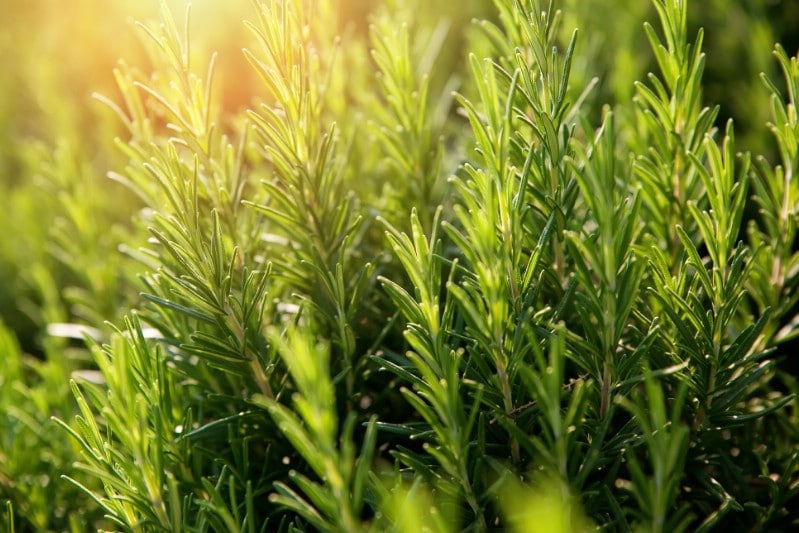
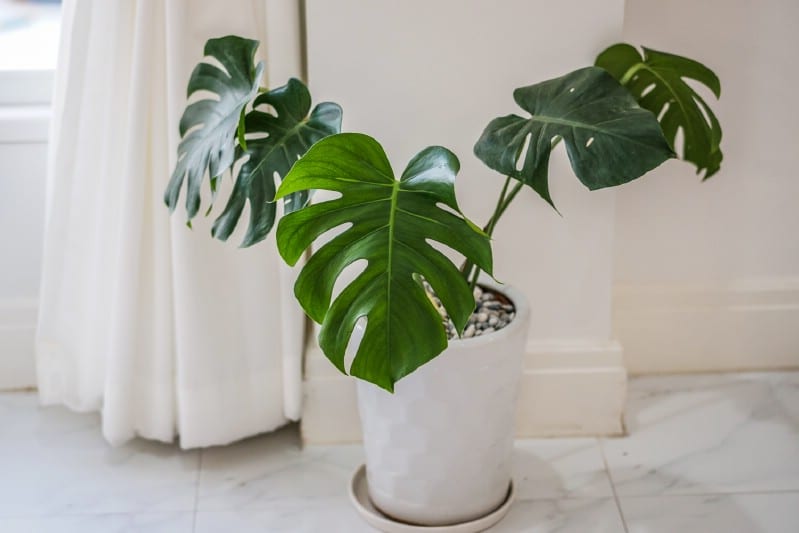
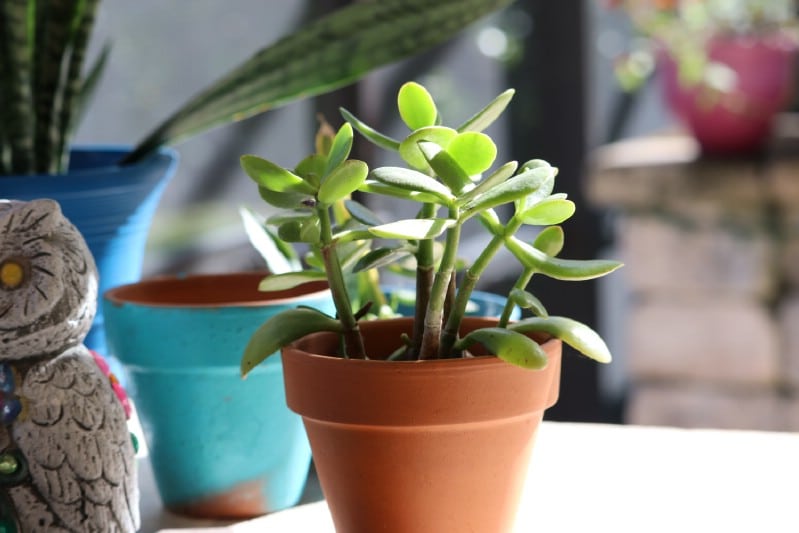
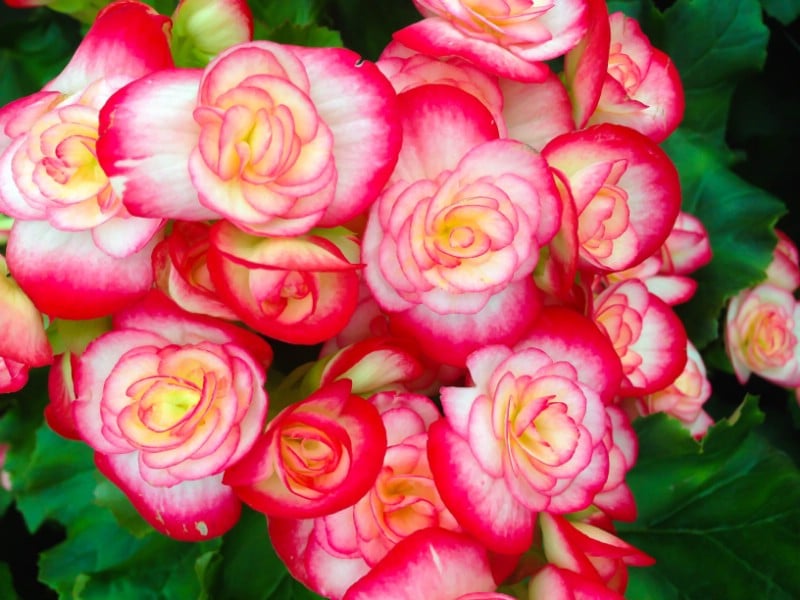
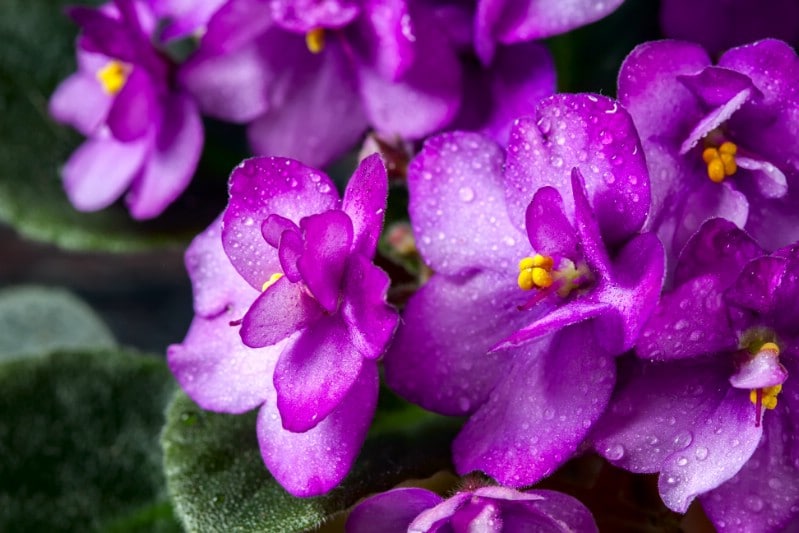
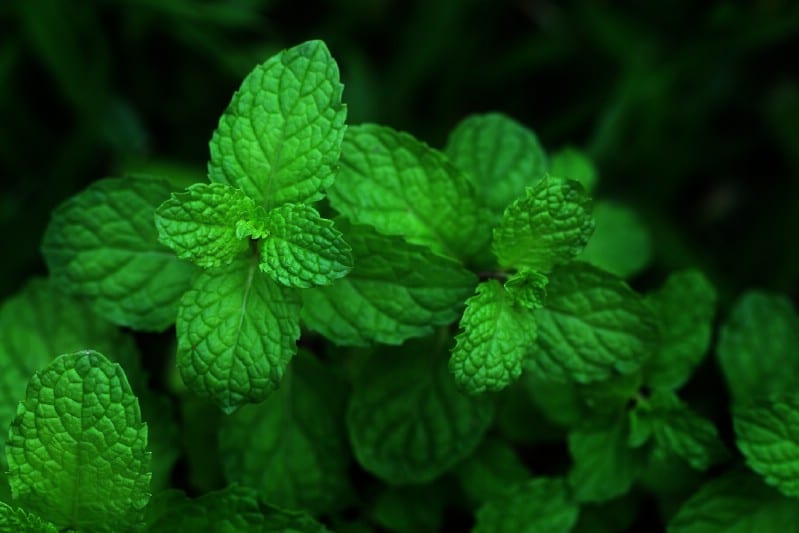
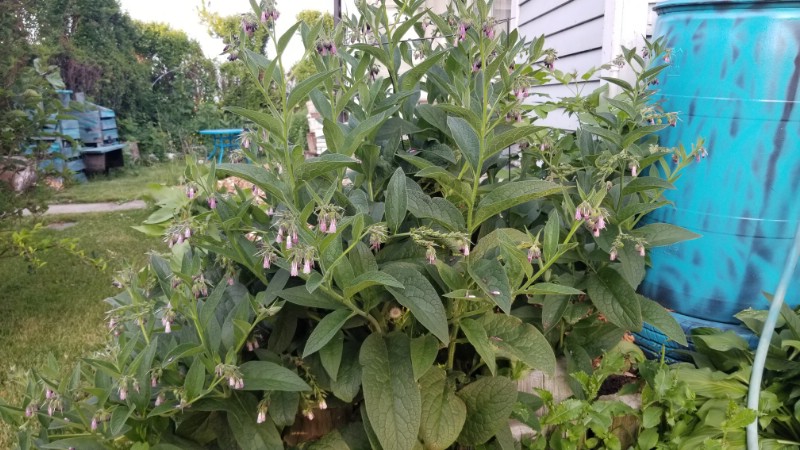
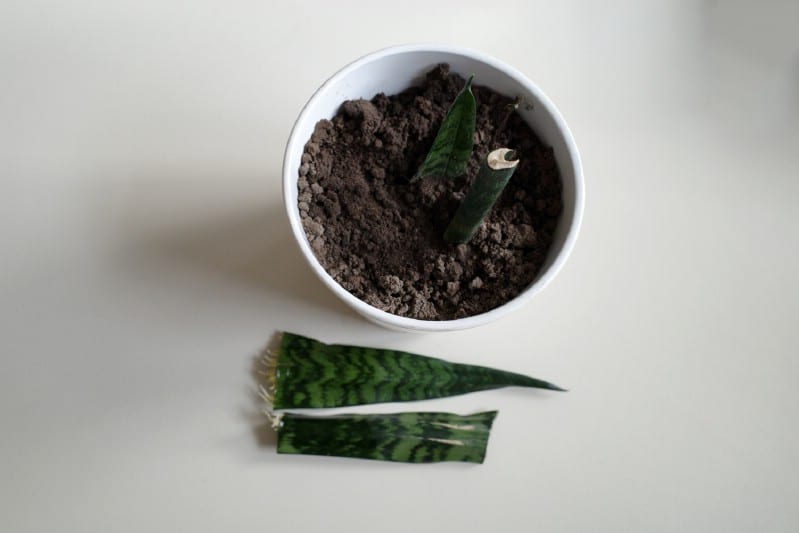
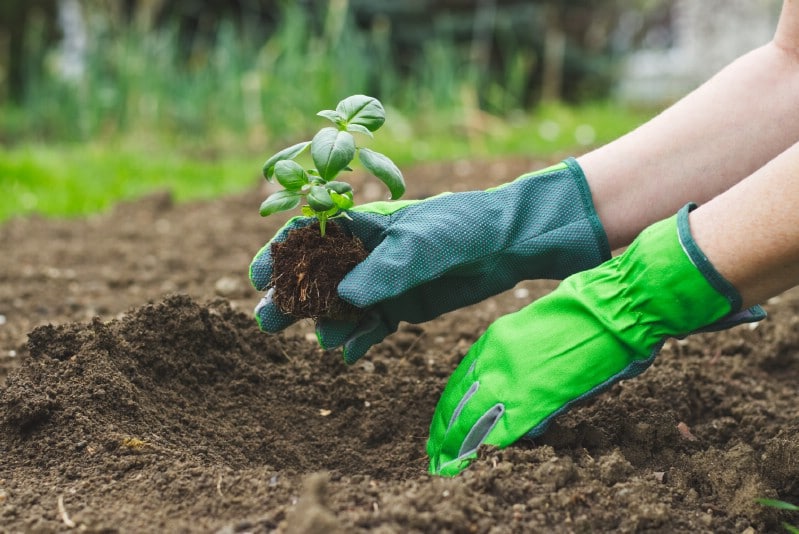
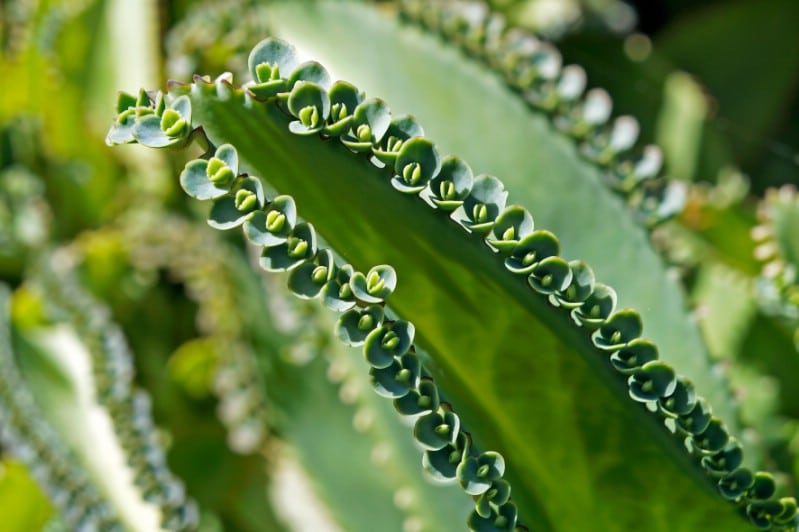
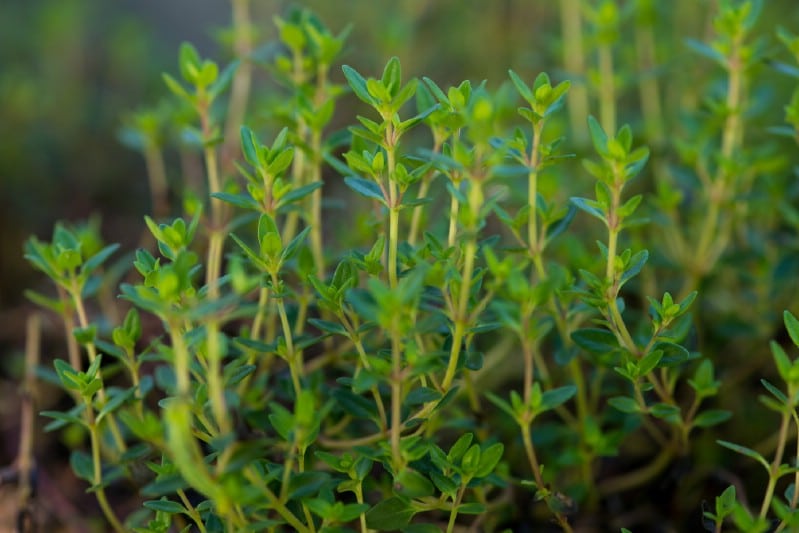
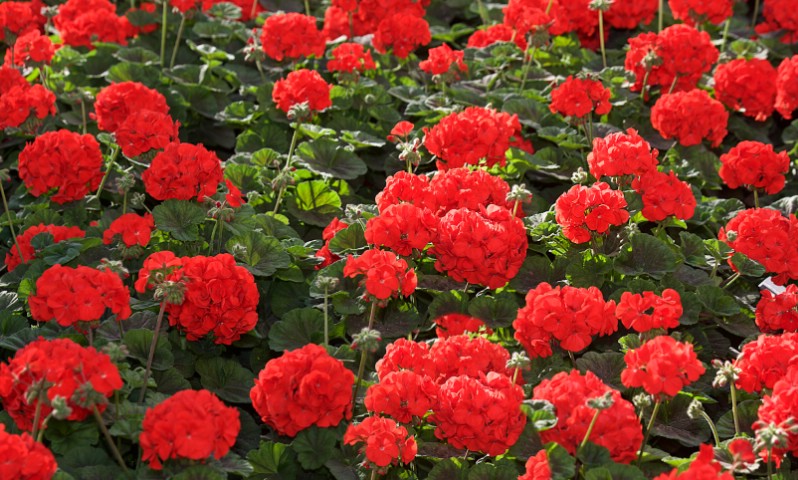
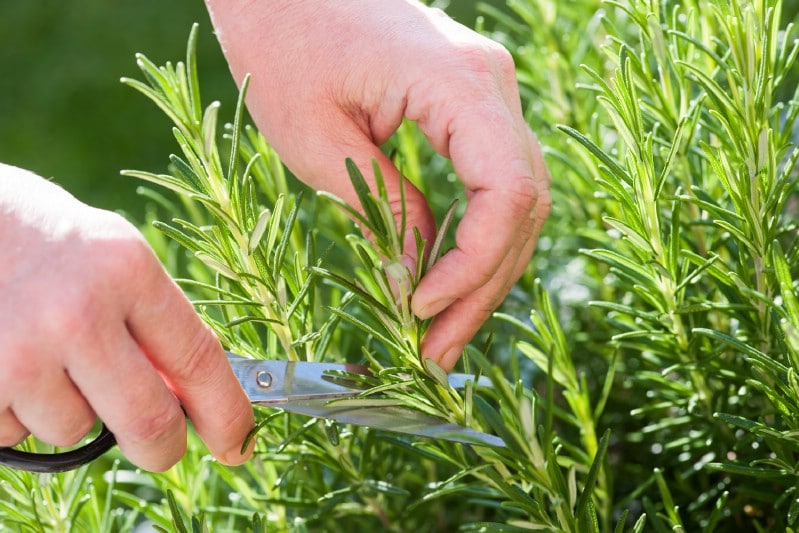
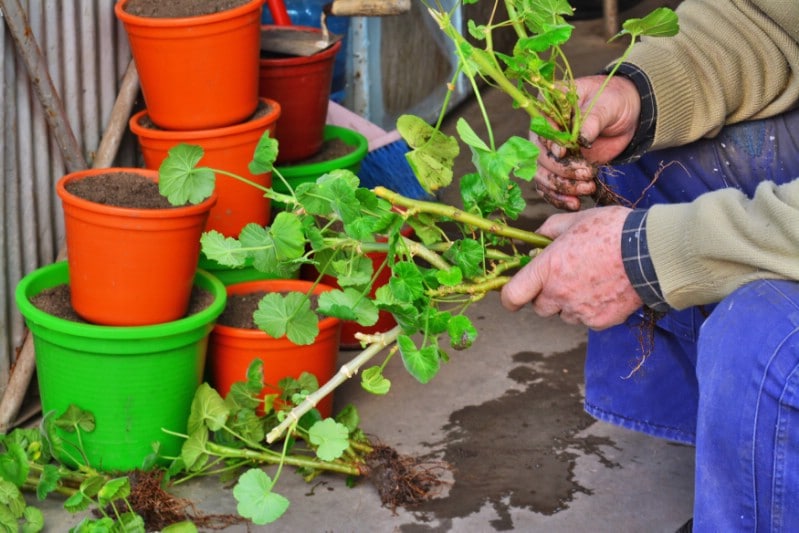
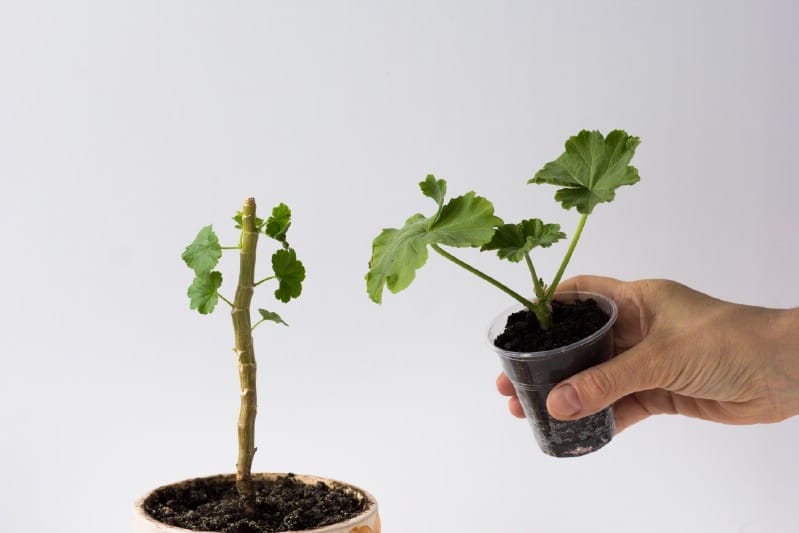
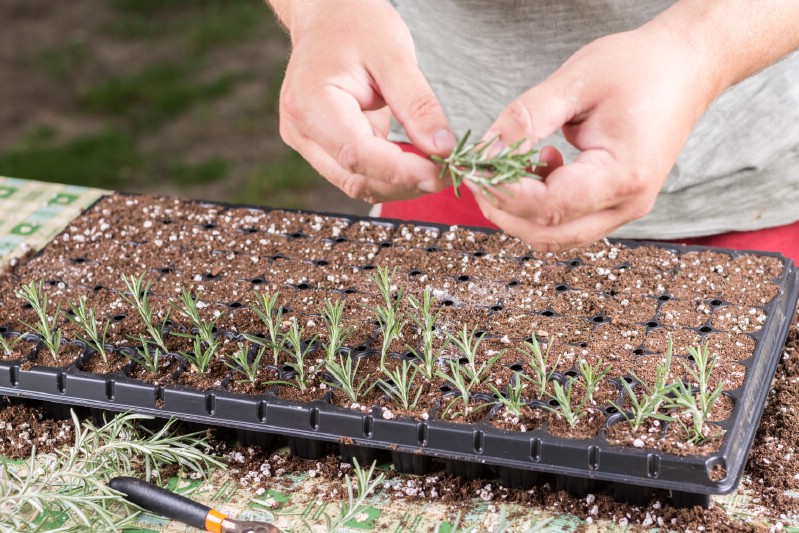


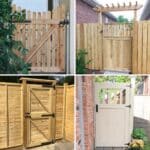


Anonymous
I am a new gardener and wanting to learn as much as posable, I have purchased a number of plants and wish to learn to propagate them.
Cyndi Broome
Thank you for all the free info.
Emma
A good gardening site and will bookmark for all my garden tips in future
Haider
Very good and helpful information.
Thanks.